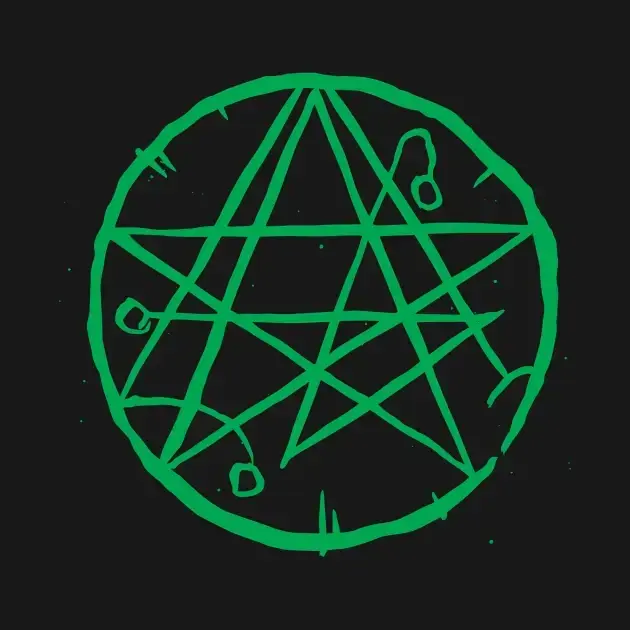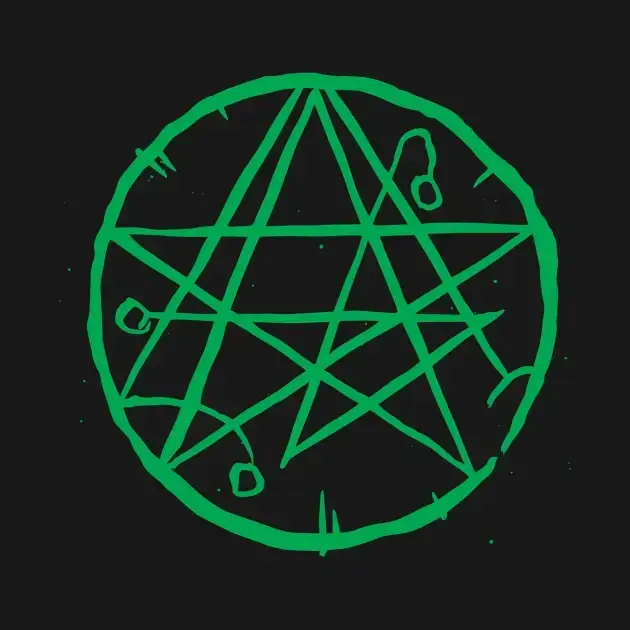

The Doom That Came To Sarnath was my first introduction to the writings of HPL many many years ago. I enjoy re-reading it as much as I did the first time. This time I opted to listen to it on HorrorBabble, the narrater was very good.
I always find myself thinking about little side stories in the same setting. What did the “people” of Ib ever do to deserve the hate of Sarnath? The beings that inhabited Ib seemed to just keep to themselves. They are described as having “bulging eyes, pouting, flabby lips, and curious ears, and were without voices”. Is it just simple pure xenophobia that drove the people of Sarnath to kill them all, or were there unstated incursions into Sarnath? The story does does not describe the denizens of Ib as anything other than ugly, and maybe that was enough for the people of Sarnath.
In the end the people of Sarnath got what they deserve, which is a somewhat surprising result considering how deeply xenophobic HPL was at the time of the writing. One would expect a Sarnath apologist viewpoint.
I always feel like Doom has an almost cinematic feel to it. Even though the story is brief the setting is lush and very interesting.















Polaris strikes me as the retelling of a fever dream. I did enjoy The White Ship more than Polaris because it seemed to be a little more cohesive. Either story could easily be the basis for a concept album by Rush or an epic song by Iron Maiden.
I have to admit that I don’t much care for these early writings. They are brief and somewhat disjointed, a little too dreamlike to hold my interest. I do hold them in some regard since they show the beginnings of his Dreamlands ideas that take on fuller form in his later writings.